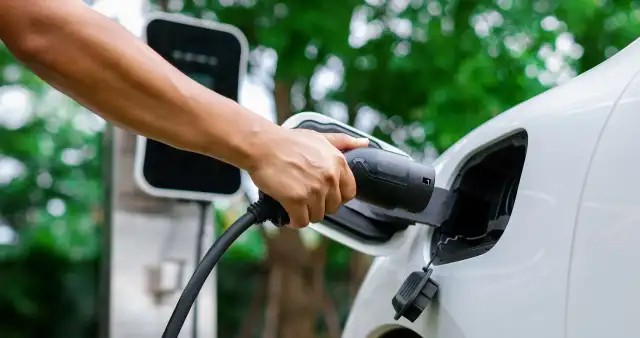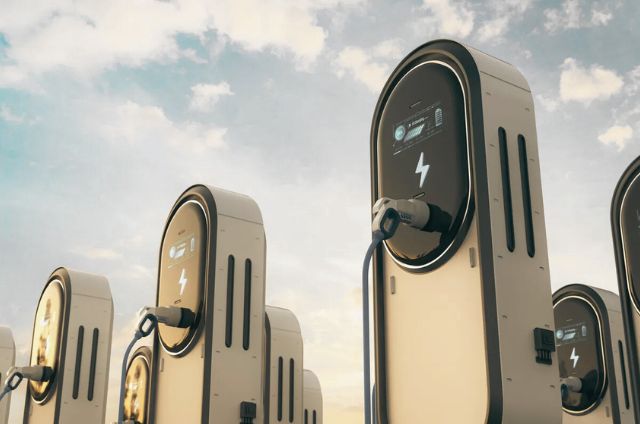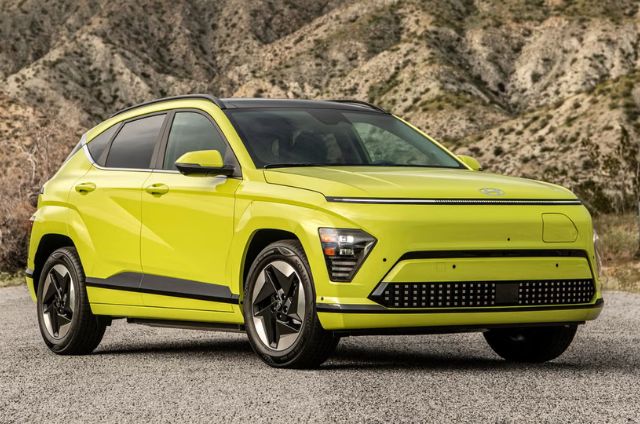Fast charging has come a long way, but for many drivers, 20-30 minutes still feels like an eternity compared to a five-minute gas stop. So why can’t we get EV charging down to just 5-10 minutes? Turns out, there’s a lot more to it than just cranking up the voltage and hoping for the best.
Blame the Batteries, Not the Chargers
The main bottleneck isn’t the charging stations—it’s the batteries themselves. Most EVs use lithium-ion technology, which has a fundamental limitation: charge too fast, and things start heating up—and not in a good way. Excess heat damages battery life and, in extreme cases, could lead to thermal runaway (yes, that’s as bad as it sounds).
While new technologies like solid-state batteries promise ultra-fast charging, they’re still in early development. China is already pushing boundaries with Zeekr’s Golden Battery, which can hit 10-80% in under 10 minutes, but mass adoption is a different story.
Your Power Grid is Sweating Just Thinking About It
Even if batteries could handle extreme charging speeds, the infrastructure isn’t ready for it. The most powerful chargers today max out at 350kW, but truly cutting charge times in half would require 500kW+ stations—and that kind of power doesn’t just grow on trees.
And then there’s the issue of heat management. Higher power means more heat, which means chargers and cables need better cooling. Some chargers already use liquid-cooled cables, but upgrading the entire network? That’s a slow and expensive process.
Do We Even Need 5-Minute Charging?
Most EV owners charge overnight at home, making ultra-fast charging a non-issue for daily driving. Even on road trips, a 20-30 minute stop lines up with bathroom breaks, snacks, and pretending to check work emails.
Still, faster charging would ease range anxiety and boost EV adoption. With battery innovation and infrastructure upgrades, 5-10 minute charging could become reality—but for now, pack a snack and enjoy the break.



